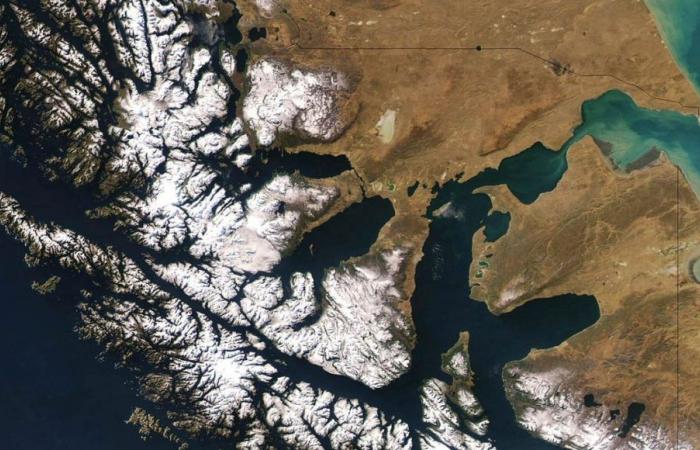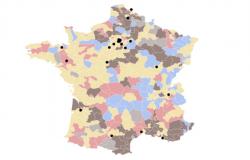
Almost at the end of the world lies a maelstrom of waves, a concert of winds and an intertwining of reefs. Bordered by fjords and glaciers, lapped by plains and enhanced by a few scattered ports, the Strait of Magellan became a world passage in 1520, when the Portuguese explorer for the first time in European history switched from the Atlantic to the Pacific. Maritime traffic and the proximity of Antarctica give this southern extreme a high strategic value well integrated by the Chilean and Argentinian states which embarked on a race to the south in the 19th century. A colonization marked by the massacre of indigenous populations, but also punctuated by recurring tensions between Santiago and Buenos Aires.
Since 1902, a border drawn with a line has assigned control of the strait to Chile, to the detriment of the Argentines of Tierra del Fuego, completely landlocked and forced to go to the Chilean side to cross the strait. It is still the subject of great tensions today, as evidenced by the June 17 declarations of Chilean President Gabriel Boric denouncing the installation of Argentine solar panels on the other side of the border. If it creates antagonisms, it also structures cooperation between Chileans and Argentines living on either side of the demarcation line, brought together by a common regional belonging and the feeling of living on the margins of central states whose capitals are located thousands of kilometers further north.
Since Magellan’s expedition, what strategic and economic interests has this strait successively taken on? How did the race for colonization led by Chile and Argentina structure the development of the territory and the play of identities on both sides of the border? And finally, how do the inhabitants deal with this border which blocks the region from one side to the other?
Focus – Beagle Channel: threats to the Yagan
With Geremia Comettiethnologist at the University of Strasbourg
Among the indigenous peoples victims of Argentinian-Chilean colonization, the Yagans have long lived on both sides of the Beagle Channel. Today they have to deal with the border separating the two shores, but also with territorial, environmental and cultural marginalization. How do these people, who today only have a hundred members left, organize themselves to ensure their survival?
Sound references
““It is unacceptable”: Argentine military base is installed in Chilean territory” – Meganoticias (2024)
“Patagonia, ice and fire – See you at the end of the world” – Do not dream (2016)
“Patagonia Tierra del Fuego – In the wake of Magellan and the Cape Horniers” – Cruises and discoveries (2013)
“Patagonia, the great spectacle of nature” – Close call (2019)
“Boric demands that Argentina remove military base panels on the border as soon as possible” – AFP (2024)
“The Yaghan People of Puerto Williams” – Ross Thomas Adventure (2022)
Musical references
Nano Stern – ‘ Chance’ (2008)





